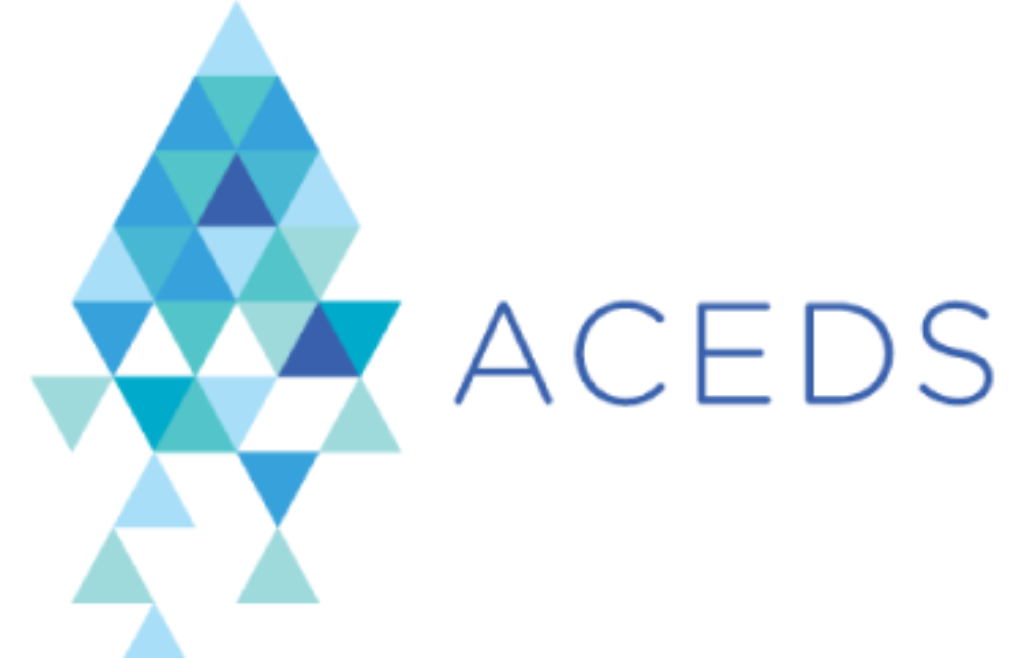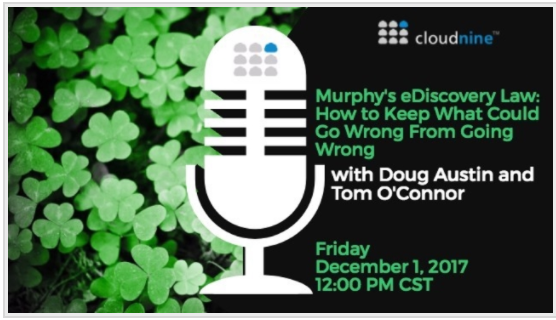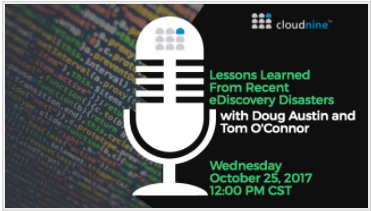Where Do You Start? Perhaps by Seeing What Other People Think: eDiscovery Best Practices
Earlier this week, Rob Robinson asked the question “Where Do I Start?” on his excellent Complex Discovery blog when discussing the most significant challenges for those seeking and sourcing eDiscovery software and software-enabled services. Maybe one of the best places to start is by checking out the customer feedback.
In Rob’s article Where Do I Start? Seeking and Sourcing eDiscovery Software, he provides technology buying cycle steps to serve as a framework for helping individuals and organizations address the buying process challenge for eDiscovery software, as follows:
- Determine the Discovery Problem or Goal
- Identify Discovery Technology Critical to the Solution
- Form a Shortlist of Provider Solutions
- Talk to End Users of Solutions on Shortlist
- Evaluate Potential Solution Options (Discussions, Demonstrations, Trials)
- Select Solution and Negotiate Pricing and Terms
Rob notes that, in particular, steps three and four often pose unique challenges given the number of offerings and providers in the eDiscovery ecosystem. However, one way to differentiate those offerings and providers is through customer feedback. As Rob notes:
“For those interested in a more targeted, bottoms-up approach to evaluating possible software or software-enabled service solutions, several online technology review sites are available for helping individuals to understand offerings through the lens of customer feedback.”
Rob lists three sites to check out, which are:
Each site is a little bit different, but each is useful in their own way.
Capterra gives you the ability to sort products in several different ways, including “hot products”, most reviews and highest rated. When you click on the star rating for a provider, you can see the individual reviews for that provider, which includes provider pros and cons identified by each reviewer, as well as an overall score and overall comment about their impression of the product.
G2 Crowd gives you a Crowd Grid® for eDiscovery, which looks at Market Presence and Satisfaction to identify Niche players, Contenders (I coulda been a contender!), High Performers and Leaders. You have to know the icon for each of the providers (hint: ours is a blue cloud) or put your cursor on the provider to figure it out. When you click on the provider icon, you get a popup with the provider name and their star rating – click on that and you get a listing of the reviews for that provider where the reviewers indicate things such as what they like best about the provider, what they dislike, recommendations to others considering the product and business problems solved and benefits from using the product.
Gartner Peer Insights lists the providers with the ability to sort by number of reviews, as well as overall rating. When you put your cursor on a provider, you can choose to “read reviews” or “compare”, where you can select two or more providers and line them up side by side to compare based on various features. If you sign up for full access to the site, you can read the full reviews, which are considerably extensive.
Reading the provider’s reviews can be an essential part of “doing your homework” prior to engaging that provider to evaluate them on your own because they can help you identify considerations that you might not otherwise think of on your own. Consider checking out the reviews on these sites to learn “the good, the bad and the ugly” that the providers may or may not tell you themselves.
So, what do you think? Do you check out product reviews when considering an eDiscovery provider? As always, please share any comments you might have or if you’d like to know more about a particular topic.

Disclaimer: The views represented herein are exclusively the views of the author, and do not necessarily represent the views held by CloudNine. eDiscovery Daily is made available by CloudNine solely for educational purposes to provide general information about general eDiscovery principles and not to provide specific legal advice applicable to any particular circumstance. eDiscovery Daily should not be used as a substitute for competent legal advice from a lawyer you have retained and who has agreed to represent you.







